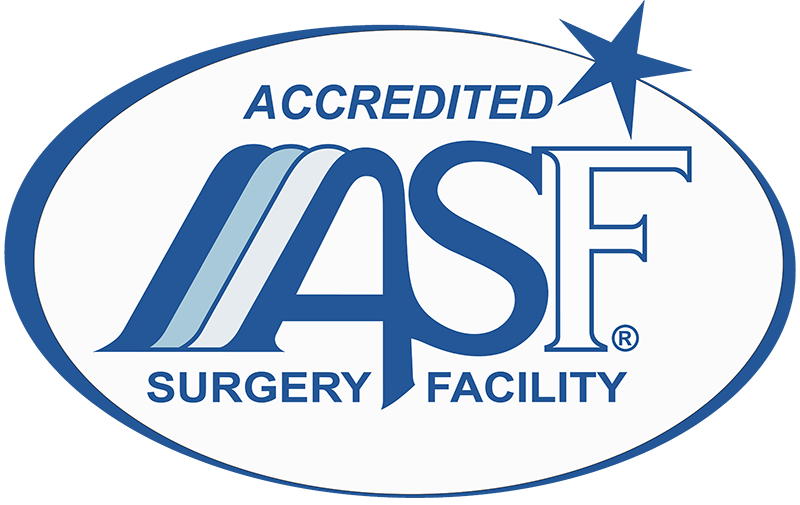Renal Artery Stenosis
The renal arteries originate from aorta and are responsible for carrying blood rich in oxygen and nutrients to your kidneys. When the renal arteries become blocked (renal artery stenosis) your kidneys do not receive enough blood or oxygen. These arteries can also be affected by a number of diseases, most commonly atherosclerosis. Less common conditions that may occur in the renal arteries include: renal artery aneurysms, fibromuscular dysplasia (FMD), and vasculitis (inflammation of the arteries).
Diagnosis
SEE A VASCULAR SURGEON
You will be asked questions about symptoms and medical history, including questions about family members. Your vascular surgeon will also perform a physical exam that may include placing a stethoscope on your abdomen to listen for signs of abnormal blood flow.
TESTS MAY BE RECOMMENDED
Imaging tests commonly done to diagnose renal artery stenosis include:
● Doppler ultrasound. High-frequency sound waves help your doctor see the arteries and kidneys and check their function. This procedure also helps your doctor find blockages in the blood vessels and measure their severity.
● Computerized tomography (CT) scan. During a CT scan, an X-ray machine linked to a computer creates a detailed image that shows cross-sectional images of the renal arteries. You may receive a dye injection to show blood flow.
● Magnetic resonance angiography (MRA). MRA uses radio waves and strong magnetic fields to produce detailed 3-D images of the renal arteries and kidneys. A dye injection into the arteries outlines blood vessels during imaging.
● Renal arteriography. This special type of X-ray exam helps your doctor find the blockage in the renal arteries and sometimes open the narrowed part with a balloon and stent. Before an X-ray is taken, your doctor injects a dye into the renal arteries through a long, thin tube (catheter) to outline the arteries and show blood flow more clearly. This test is often performed at the time of restoring the blood vessel opening with a stent.
Treatments
MEDICATION
Angiotensin converting enzyme Inhibitors (ACE Inhibitors), Angiotensin II receptor blockers (ARB), Calcium Channel blockers, Beta blockers, Diuertics
ANGIOPLASTY AND STENTING
If you have peripheral artery disease (PAD), your vascular surgeon may recommend an angioplasty, possibly including stenting. This procedure, considered minimally invasive in comparison to open surgery, helps blood flow more freely through your artery, to the kidney.
In an angioplasty, your vascular surgeon inserts a long, thin, flexible tube (catheter) into a small puncture over an artery in your arm or groin. Through the catheter an inflatable balloon is guided to the blocked area. There, the balloon is inflated and deflated several times. The balloon flattens the plaque against the artery walls, widening the vessel. Then the balloon instrument is removed from the catheter.
If stenting is needed, your vascular surgeon will follow similar steps to insert a tiny mesh-metal tube, called a stent, into the catheter. The stent is guided to the narrowed area of your renal artery and placed to provide support, like a scaffold. The stent remains permanently to keep the artery open.
RENAL BYPASS SURGERY
In case of a severe blockage, bypass surgery may be performed to restore blood flow to the kidney. This surgery is complex and may require additional testing, including heart and lung evaluations.
Symptoms
This can be a silent killer since very high blood pressure (hypertension) or ongoing kidney damage can occur. Severe high blood pressure can lead to:
● Heart problems
● Stroke
● Aneurysms
● Aortic dissection
Your doctor may also suspect a problem if you have:
● High blood pressure that begins suddenly or worsens without explanation
● High blood pressure that begins before age 30 or after age 50
As renal artery stenosis progresses, other signs and symptoms may include:
● High blood pressure that’s difficult to treat
● A whooshing sound as blood flows through a narrowed vessel (bruit), which your doctor hears through a stethoscope placed over your kidneys
● Elevated protein levels in the urine or other signs of abnormal kidney function
● Worsening kidney function during treatment for high blood pressure
● Fluid overload and swelling in your body’s tissues
● Treatment-resistant heart failure
Causes
Most cases of renal artery stenosis result from atherosclerosis. Risk factors for atherosclerosis of the renal arteries are the same as for atherosclerosis anywhere else in your body and include:
● Aging
● High blood pressure
● High cholesterol
● Diabetes
● Obesity
● Smoking and other tobacco use
● A family history of early heart disease
● Lack of exercise


